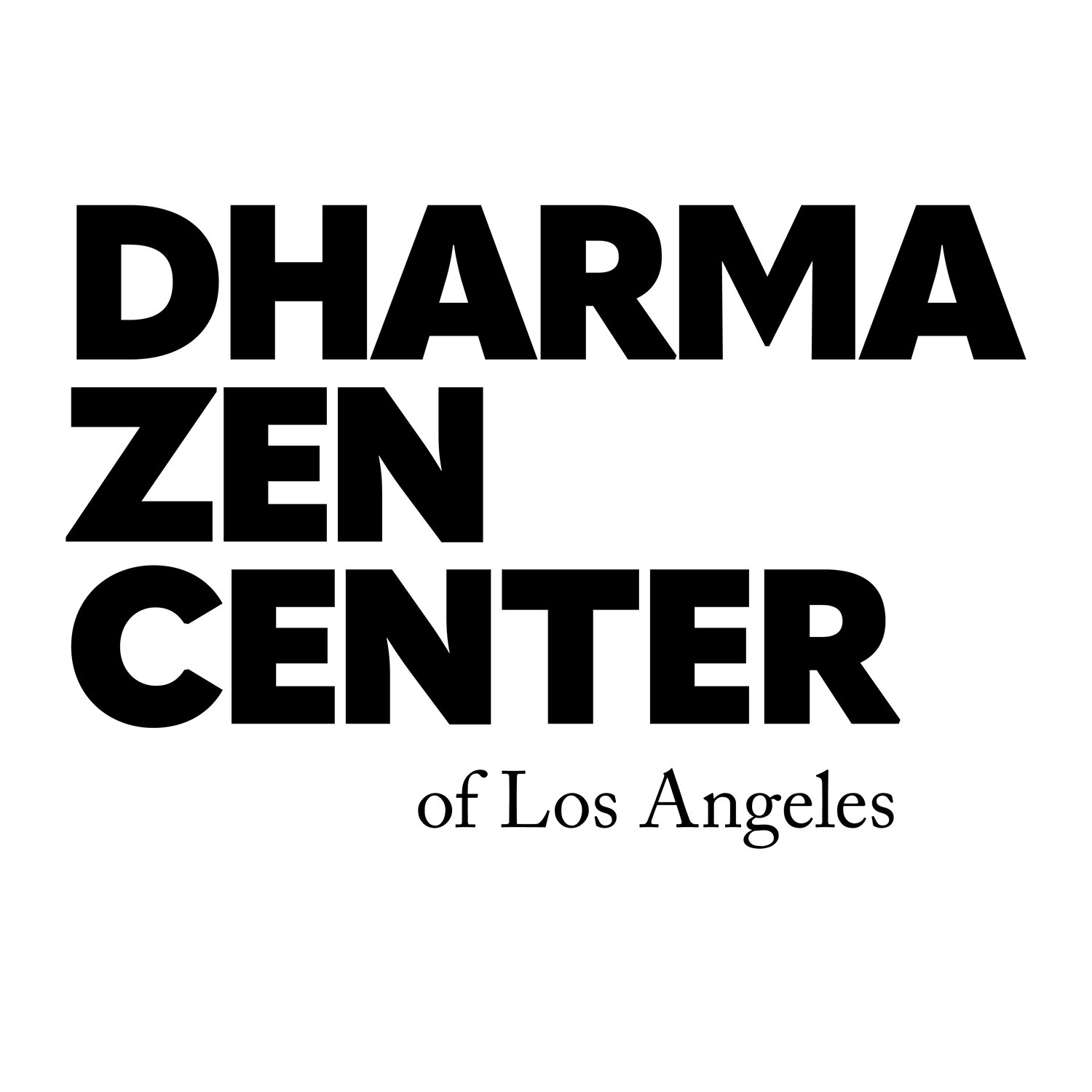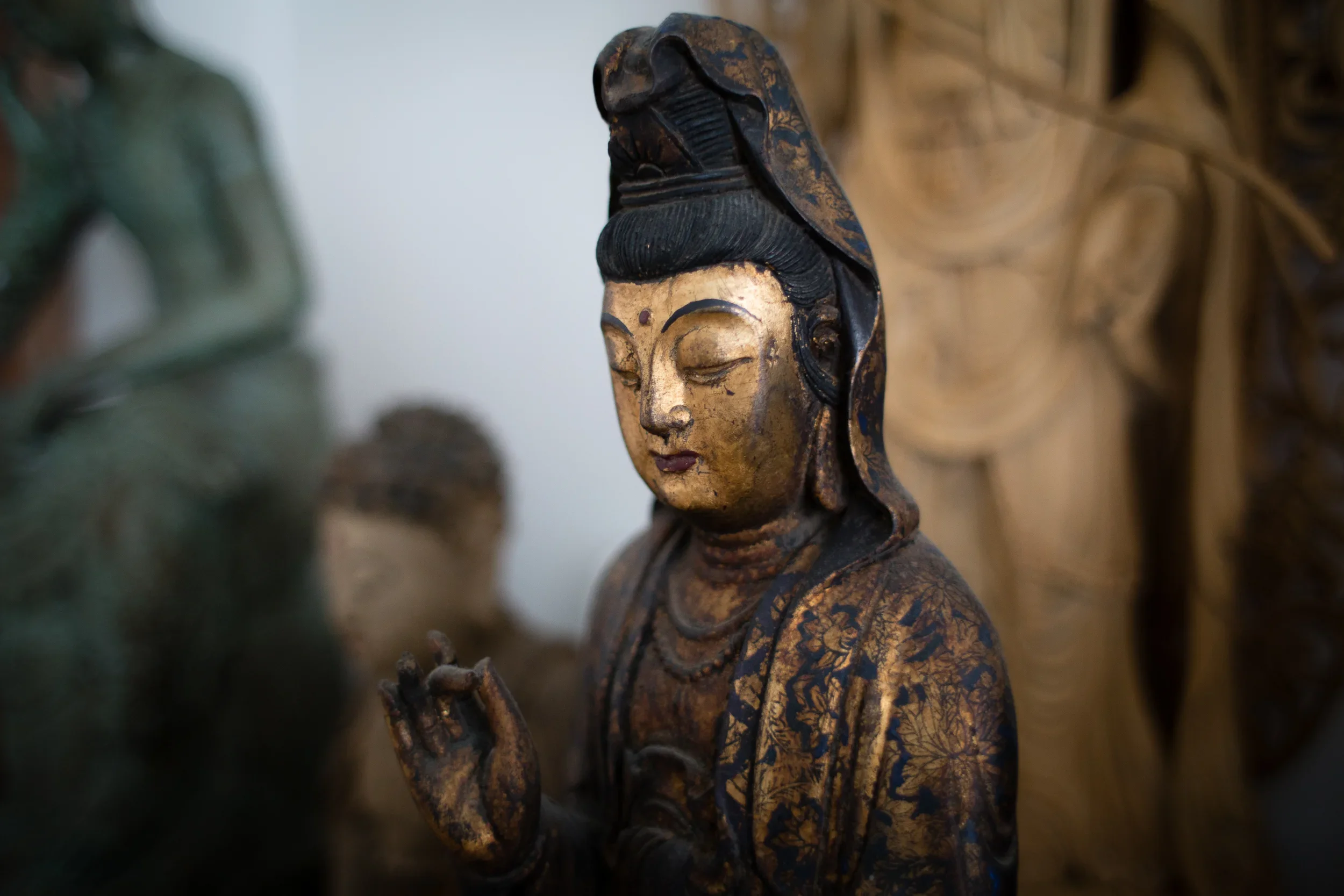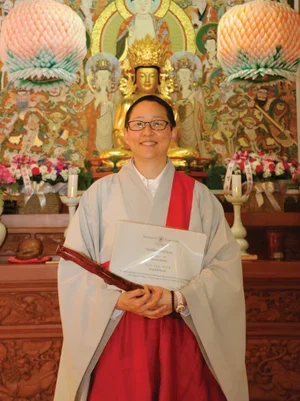If we are controlled by desire, anger, and ignorance, we cannot find our true way. If we keep our correct situation, moment to moment, our just-now mind becomes stronger. When we are confused or cannot control ourselves, the Precepts show us what our correct situation is.
Zen Master Seung Sahn
The five precepts are a technique to allow you to let go. And they point at your true self. Because the reason people can’t realize their true nature is because they are attached to something. The five precepts are about the five different styles of attachment: sex, food, sleep, money, fame. These are five basic “I want something.”
Zen Master Dae Kwang
If you don’t see your nature, invoking buddhas, reciting sutras, making offerings, and keeping precepts are all useless. Invoking buddhas results in good karma; reciting sutras results in a good memory; keeping precepts results in a good rebirth; and making offerings results in future blessings—but no buddha.
The Zen Teaching of Bodhidharma
So precepts are not merely rules to limit our actions. Most people, especially in the West, tend to think of them as limitations. Actually, precepts mean correct direction. If you follow these precepts, you attain goodness. Correct action appears by itself: you don’t need to check inside or outside. From moment to moment it is possible to just do it, because these precepts have already pointed out the way to our correct job of helping all beings. Then you can believe in your true self one hundred percent. One name for that is freedom; another name is holiness. This is also called “become Buddha.” You can live with no hindrance: your mind is empty, so your actions are also empty. Only do it, with no hindrance. That is the Treasure of Sangha.
Zen Master Seung Sahn











